[ad_1]
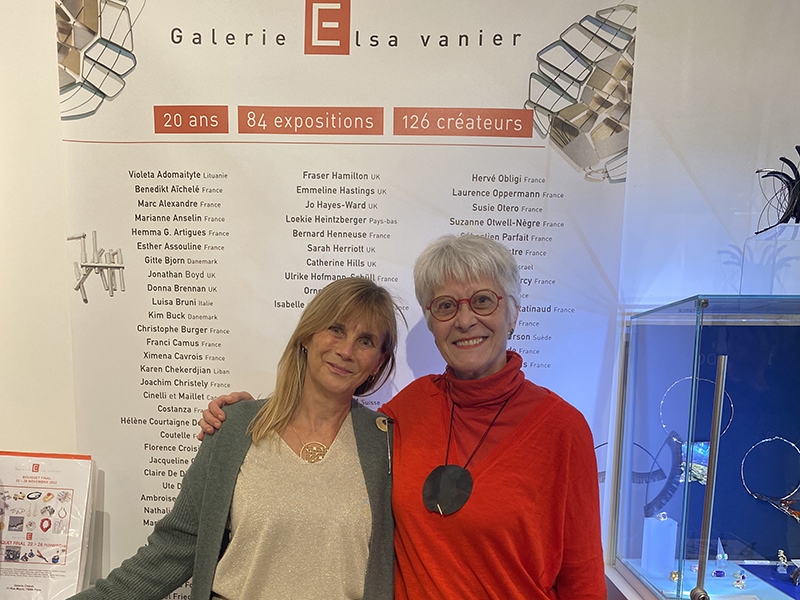
- After 20 years in existence, Galerie Elsa Vanier held its last exhibition on the finish of 2022
- For 18 months prior, Vanier had run her gallery as a nomadic affair, displaying 4 exhibitions in three completely different areas round Paris.
- Vanier closed store with the intention of curating unbiased jewellery exhibitions
- AJF checked in to be taught extra, and to ask about her philosophies as a gallerist and curator
Carrie Yodanis: You now plan to journey to curate reveals. What do you see because the challenges and rewards of curating exhibitions in new and completely different areas?
Elsa Vanier: The challenges: When the gallery was nomadic, transferring our shopper base to a brand new location for brief intervals of time was completely different for us. Communication was paramount and we have been rather more inclined to exterior occasions, starting from the climate to potential demonstrations stopping individuals from transferring round Paris. It’s important to get used to a brand new house. It’s by no means organized and outfitted as you would possibly want, so it’s a must to be versatile and inventive!
The rewards included having the ability to work with each the brand new and devoted purchasers who comply with us. Additionally, discovering progressive options to rising issues, whereas a problem, makes us very glad and proud!
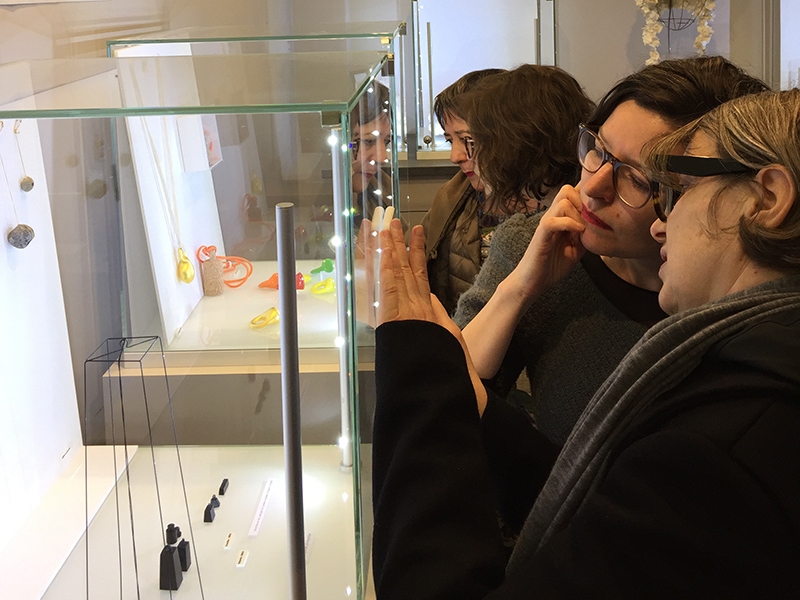
The following Parcours Bijoux Paris exhibition, which I’ll curate, would be the first time I’m a curator and never a service provider. That will likely be very completely different. No financial threat concerned. (Parcours Bijoux will happen in October 2023.)
The following exhibition I’m curating known as Citational Artwork. It’s going to happen from Tuesday, October 3, to Friday, October 20, 2023, at Galerie Chéret, 11 rue Mayet, Paris 6ème. The collaborating jewelers are: Marianne Anselin (FR), Christophe Burger (FR), Marine Dominiczak (FR), Karen Homosexual (FR), Suzanne Otwell-Nègre (US/ FR), Karin Roy Andersson (SW), Agathe Saint Girons, (FR), Annie Sibert (FR), Martin Spreng (GE/FR), Niki Stylianou (the co-founder of Athens Jewellery Week, GR), and Claire Wolfstirn (FR).
I’ve no different plans however one thing for Schmuck 2024 can be good!
The place can be your dream location to curate a present?
Elsa Vanier: In Paris, on the Musee d’Artwork Moderne de Paris. The gorgeous Medusa exhibition was hosted there throughout Parcours Bijoux Paris, in 2017. Or on the Centre Pompidou, as this may imply that jewellery has lastly discovered its place in artwork and tradition.
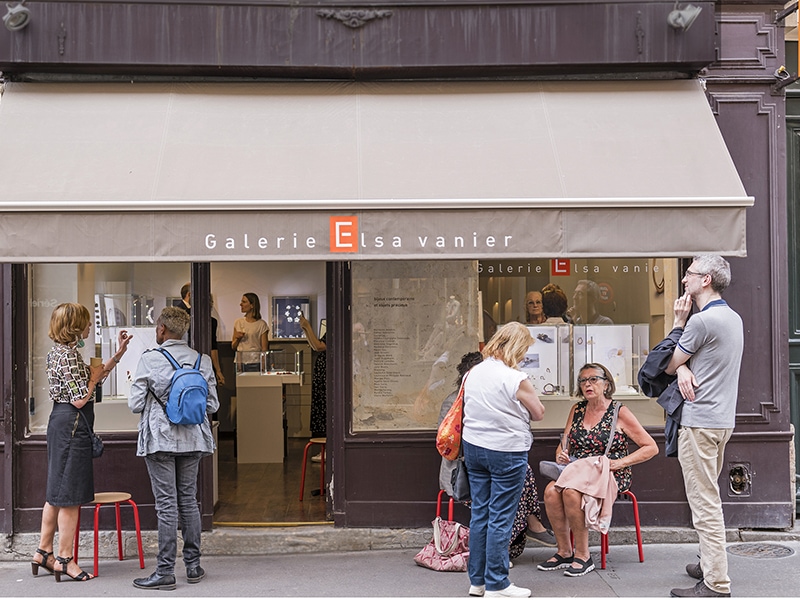
After 20 years, through which your gallery held 84 exhibitions involving 126 jewellery artists, what one reminiscence will stick with you eternally?
Elsa Vanier: I hope you’ll permit two of them. The primary reminiscence is from the opening of Á Taaaable (Dinner’s Prepared), an unimaginable present by Agathe Saint Girons. Our high collector, Solange, had come from Brussels along with her husband. Agathe had created spoons in silver and titanium that everyone may use to style scrumptious meals, and the ambiance was extremely festive. Among the many unbelievable works, Solange tried on an enormous collar product of violet titanium tubes and yellow ostrich feathers. She appeared like a queen. When she eliminated it, her husband, a former banker, fairly severe wanting, instantly took it and put it on his head … changing into the night’s king![1]
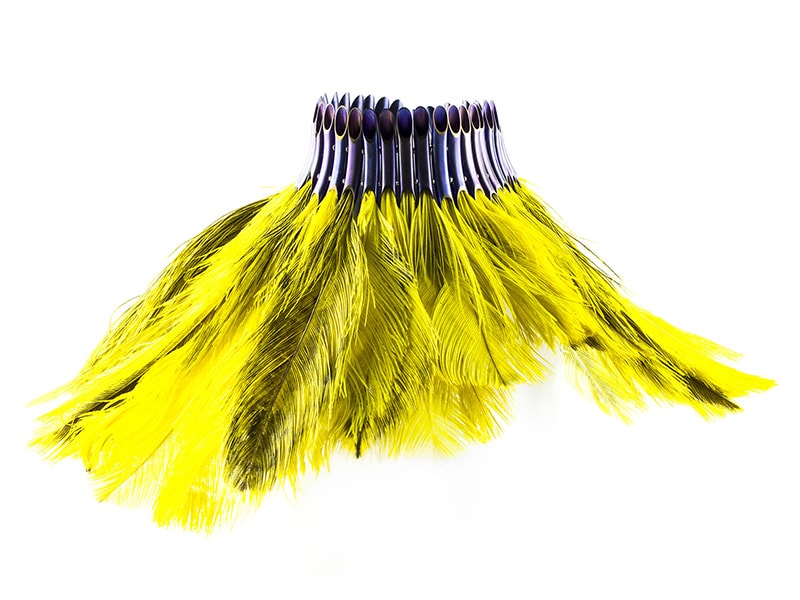
The second reminiscence is coincidentally linked to our final present. A lady who had come to go to the Galerie Chéret, which hosted our occasion, kindly visited our exhibition and fell in love with a hoop by Esther Assouline. The ring had an oblong chiselled yellow gold plate displaying a tree of life glowing with tiny previous lower diamonds. It was costly and the girl wanted to consider it. Unexpectedly, she got here again that very same day and purchased it. She appeared fairly moved, so I dared to ask her what the ring meant for her. She answered that she had not too long ago misplaced an expensive pal who had instructed her, holding her hand as he was dying, that he was seeing a bathe of diamonds (his father had been a diamond supplier). The ring was proof, binding them eternally …
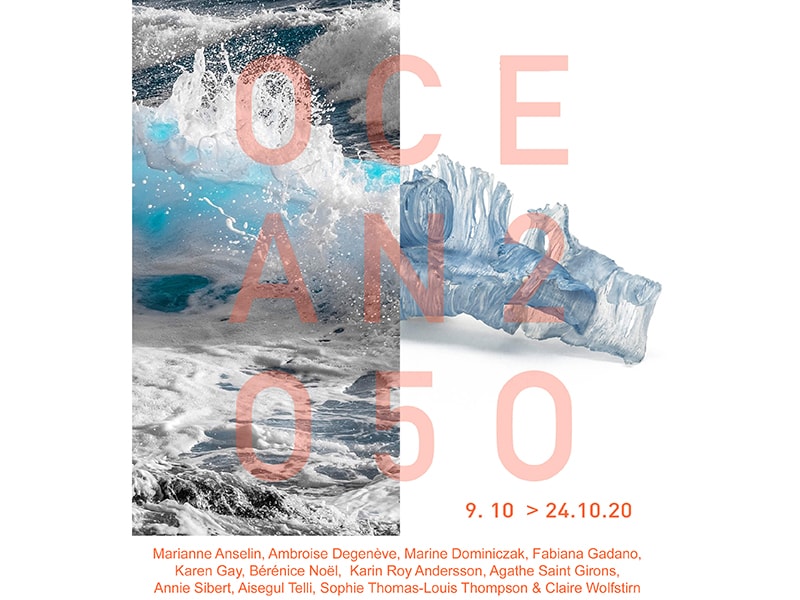
Over time, in AJF’s On Provide column, your gallery has featured many lovely items product of valuable supplies, but additionally equally beautiful items constructed from nonprecious supplies corresponding to recycled plastic bottles. Is it necessary to you to work with each?
Elsa Vanier: The unique goal of the gallery was to open an area for unbiased jewellery artists, who didn’t have many areas or occasions selling them. The legal guidelines about valuable metals are extraordinarily strict in France, as within the UK. Every bit of knickknack containing gold, silver, or platinum should be hallmarked. Customs officers can present up anytime and examine the entire gallery. Not many individuals moreover the makers comply with work below these constraints. This would possibly clarify why there are so few galleries.
Whereas I initially meant to focus on valuable metals, I thought-about nonprecious jewellery, which didn’t require any particular insurance coverage or information of the principles and could possibly be exhibited wherever. At first I believed I didn’t have sufficient experience in artwork or artwork historical past to advertise pure artist jewellery. Nonetheless, the experience and the appreciation got here alongside the best way, fuelled by my studying, visits to museums, occasions like Schmuck, in Munich, and conversations with jewellery historians, corresponding to Michèle Heuzé.
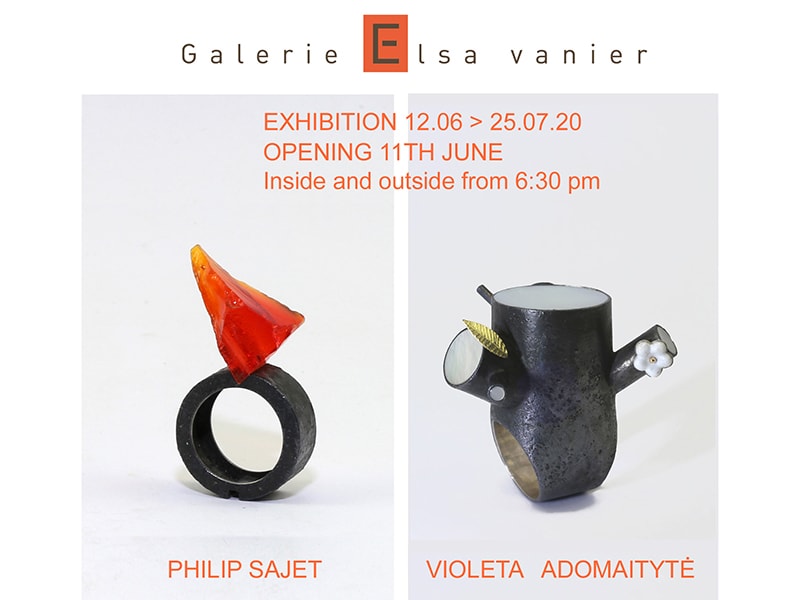
About deciding on work on your gallery, you stated, “I select an artist as a lot as her work. I should be moved by each!” What strikes you in an artist?
Elsa Vanier: The connection with an artist is rather more than business. I have to admire the work in addition to the particular person creating it. I might be fallacious, however it’s one thing that I can really feel from the primary exchanges by mail. It’s actually a query of understanding each other. There should be some type of mutual respect and belief as a result of each jobs—being an artist and being a gallerist—are demanding. It took me time to appreciate that I used to be encouraging and training the artist.
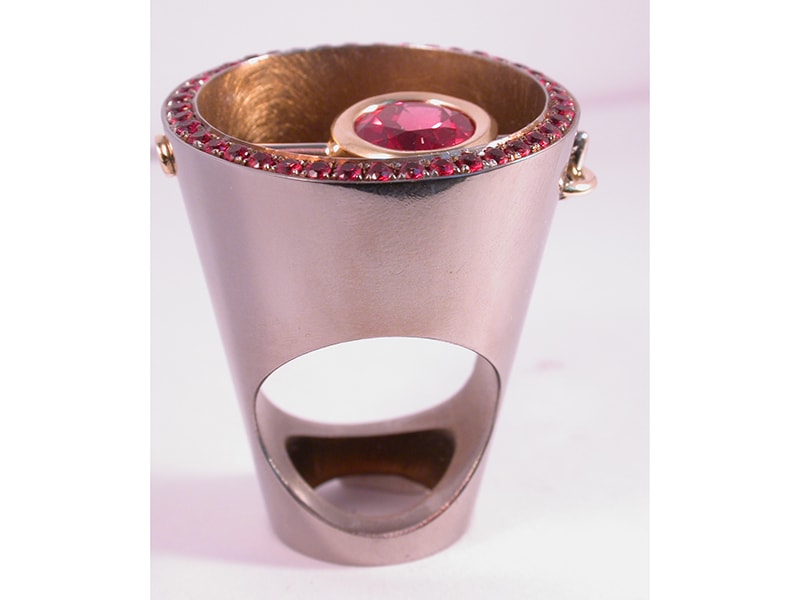
What’s the energy of knickknack that allows it to maneuver us?
Elsa Vanier: Ouch, that’s troublesome! That is the very essence of knickknack. Jewellery and meals artifacts are the principle objects present in historic tombs. I think about jewellery to be probably the most highly effective image of affection, a bond between people. It has a worth, whether or not intrinsic or inventive. One doesn’t deal with an actual piece of knickknack, whether or not made or fastidiously chosen particularly for us, like a mass-produced ornament. A chunk of knickknack, on our pores and skin, can concurrently supply an alternative to immortality whereas reminding us that we’re alive and short-lived! It’s virtually a part of us! For my part, this will clarify the grief that individuals really feel when they’re separated from a bit of knickknack, whether or not it’s misplaced or stolen, no matter its financial worth.
Jewelers typically say jewellery must be worn on a physique for it to return to life and be absolutely appreciated as an artwork type. In your gallery and within the exhibitions you curate, how do you handle jewellery’s “want” to be on the physique?
Elsa Vanier: I at all times insisted on each member of the staff carrying a few of our designer’s jewellery in order that it could possibly be seen on the physique. And we used to encourage individuals to attempt on the items they checked out. In exhibitions and our gallery, it takes each openness and good judgement to verify jewellery might be absolutely appreciated as artwork on the physique.
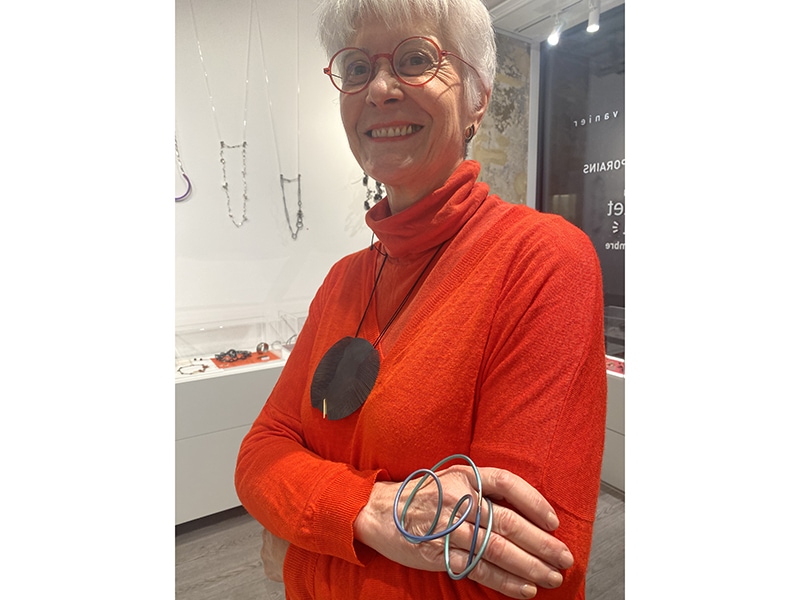
Rumor has it you’re interested in the colour crimson. Is that this true? If that’s the case, what attracts you to this hue?
Elsa Vanier: Humorous! Pink is each heat and has conveyed preciousness since historic occasions—like crimson from the murex, in Rome.[2] I believed that crimson on the primary gallery’s storefront would assist entice consideration, and the crimson on the again wall was meant to make individuals really feel cozy. There’s coral crimson on our brand as nicely—vibrant and stylish, I hope!
The second gallery, on rue de l’Odéon, was quieter, with varied shades of sunshine grey since there was a whole lot of gentle coming in by the big home windows. The jewellery set the temper on the ground.
Shiny crimson is joyful, and I actually prefer it, however surprisingly sufficient, relating to stones for instance, I’m additionally very keen on inexperienced. My eyes discover inexperienced stones, particularly emeralds, marvellous to dive into. However I additionally put on a spinel that glows like contemporary lava!
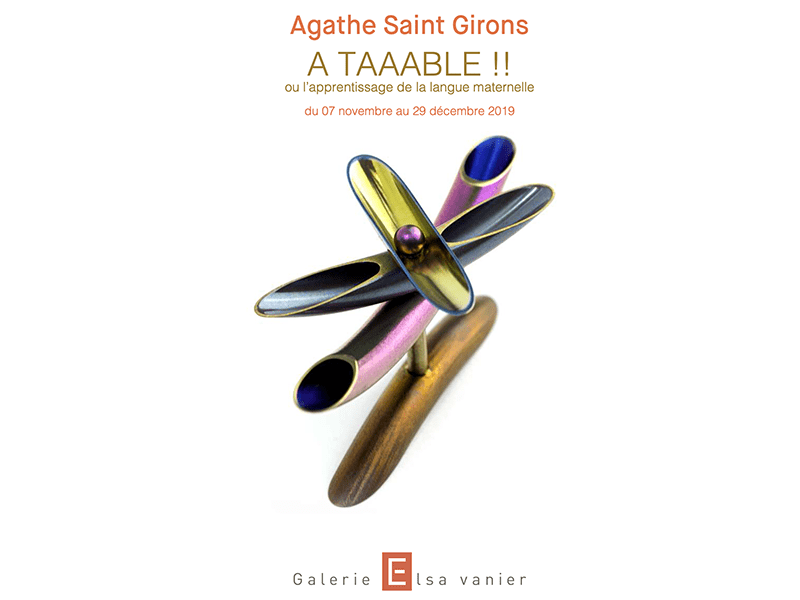 There was latest dialogue of how and why the West rejects colour, falling again on grays and neutrals.[3] But, one of many final exhibitions in your gallery centered on colour and jewellery. What are your ideas on colour, artwork, and adornment?
There was latest dialogue of how and why the West rejects colour, falling again on grays and neutrals.[3] But, one of many final exhibitions in your gallery centered on colour and jewellery. What are your ideas on colour, artwork, and adornment?
Elsa Vanier: I’m eager on colour generally. It took me some time to advertise monochrome items in black metal or plain gold, however I lastly did as a result of they permit the eyes to relaxation and pay extra consideration to form and quantity.
I’ve by no means felt the West rejects colours. And I didn’t get that impression visiting artwork galleries and exhibitions not too long ago in Paris or London. There are actually traits, launched by influencers and magazines, so that customers would possibly comply with them and purchase extra.
Grays and neutrals are stylish in the identical means a solitaire is stylish, however an aesthetic world can be terribly boring, wouldn’t it? I undoubtedly want a touch of colour!
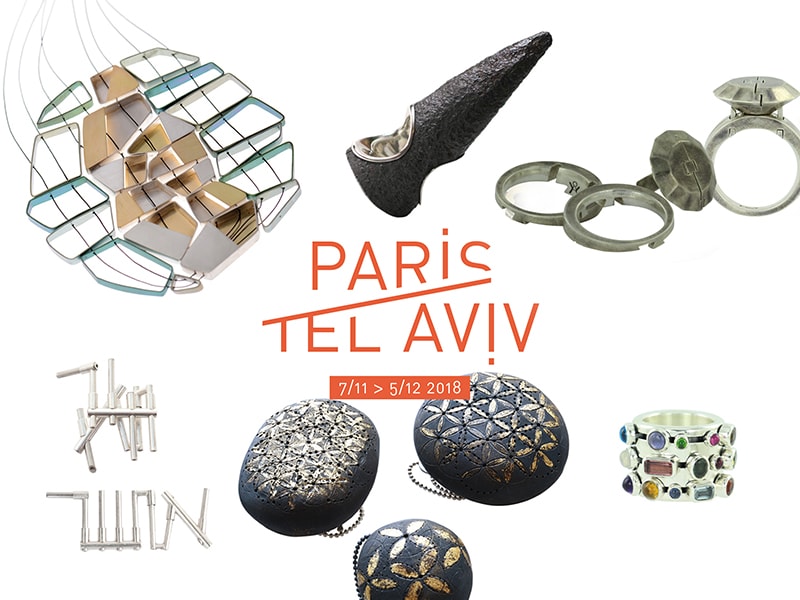
Out of your expertise, how do areas, nations, cities on the earth differ of their curiosity in artwork jewellery?
Elsa Vanier: I really feel that artwork jewellery is a “area of interest” all around the globe. Seen from Paris, nonetheless, I’ve the impression that america is extra superior, with long-time collectors. Artwork Jewellery Discussion board might be seen as each a catalyst and a consequence of that.
France has an extended solution to go! One of many explanations could possibly be the load of high-end jewellery and all the highly effective Maisons (editor’s notice: the high-end jewellery homes). They don’t depart a lot house for unbiased jewelers. They feed the magazines, set up exhibitions, and supply highly effective financial good points for the nation. As a consequence, individuals in French cultural circles think about jewellery a luxurious good to be each admired and loathed for its worth. Jewellery is seen as an financial product and never a cultural good. Scandinavia is one other story. There, the custom of artwork jewellery is lengthy.
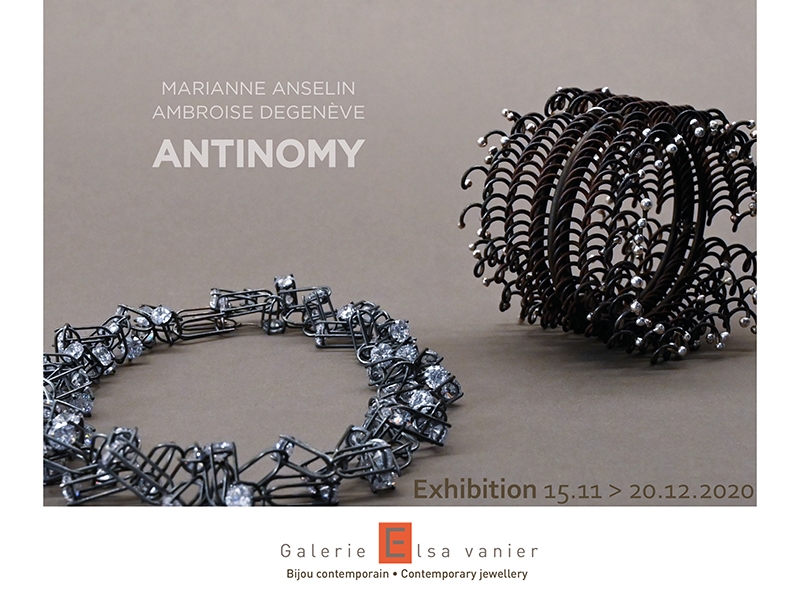
How do artwork jewellery galleries differ from the normal galleries of the artwork world centered on work, sculpture, and different visible arts?
Elsa Vanier: Do they differ? Each battle. However conventional galleries would possibly entice extra curiosity inside cultural circles, whereas jewellery galleries can stay unknown, misunderstood areas. For instance, I don’t suppose a visible artwork gallery proprietor can be questioned about what she paints, whereas I used to be usually requested concerning the jewellery I used to be creating! The opposite distinction, at the least in France, is concerning the legal guidelines surrounding the exhibition of knickknack, together with the labels, wording, and hallmarks it should adjust to. Like for artwork galleries, insurance coverage can also be very strict due to the safety dangers concerned … this was a excessive value for a small gallery! Aside from that, we each cope with artwork and artists, and it’s great!
Editor’s notice: Vanier supplied AJF with a variety of her exhibition catalogs. We’ve positioned them in our digital library so that you can take pleasure in. Hyperlinks seem under:
[1] You may learn the catalog for this exhibition in AJF’s Library—click here.
[2] The murex is a household of sea snails that lives within the Mediterranean. The Ancients found it as a supply for purple and crimson dyes. Roman and Byzantine emperors reserved its use for the materials they and the members of their households wore.
[3] https://www.thejuggernaut.com/why-the-west-is-afraid-of-color
[ad_2]














